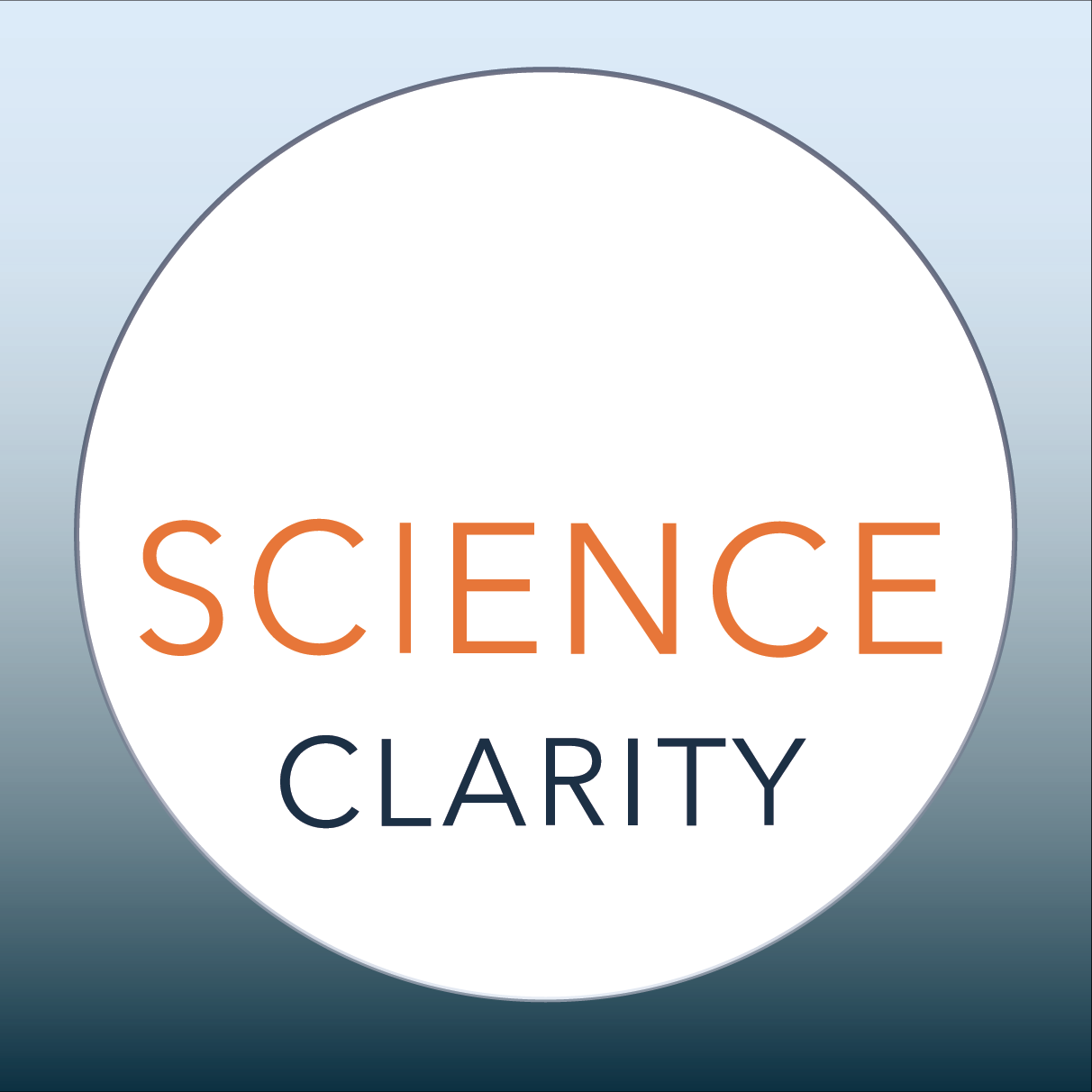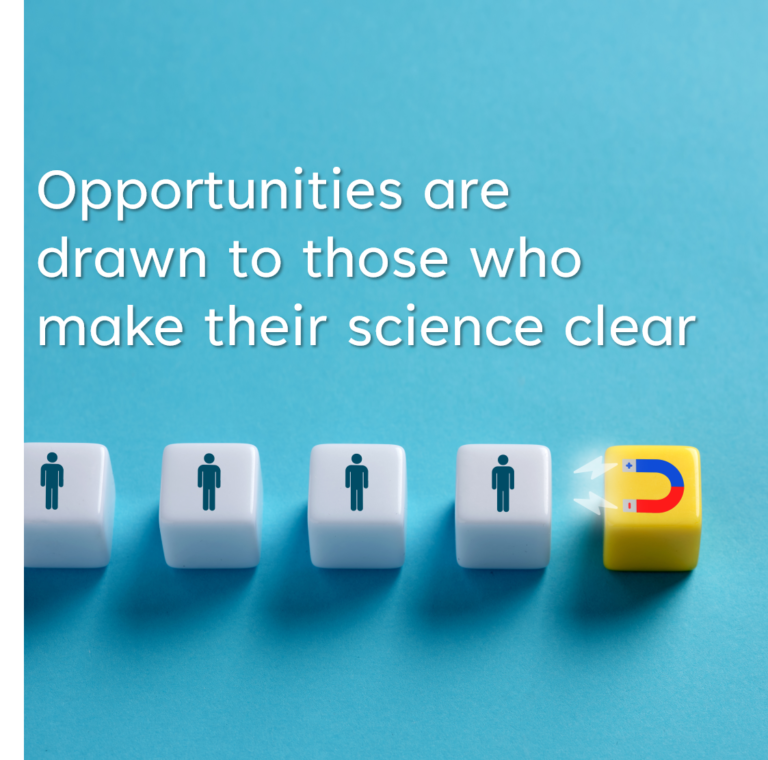Business development was a key job function when I worked at a contract research organization. Unfortunately, scientists aren’t usually trained in sales and persuasion, and I didn’t find that business development came naturally. Schmoozing wasn’t the way I was going to get new clients.
So I came up with a different strategy: be so good at my job that opportunities would find me.
For the most part, it worked. I poured myself into becoming a great scientist, but realized that doing good science wasn’t enough. If potential clients didn’t understand what I was telling them, how could they recognize its value and want to collaborate? I also had to present my work in a way that others could easily understand.
It wasn’t just about the quality, it was about communicating that quality in a way that made my expertise neon-blinkingly obvious.
How I Went from Quiet Expert to Sought-After Scientist
I started thinking differently about how I presented my research. My approach was simple; I would base my writing on these guidelines:
- What would I like to read?
- What would I want to know if I were the reader?
For starters, I didn’t want my work to be boring. Everyone has more than enough dreadful, obligatory tasks on their work to-do lists, and I definitely didn’t want reading my content to be another chore.
I also hate feeling confused, so I tried hard to avoid confusing others. Not every report was a home run, but asking myself the following questions helped me create scientific communications that readers understood and valued. And when clients valued my work, it resulted in more professional opportunities:
How can I make this interesting? Yes, a lot of scientific documentation is dry. That doesn’t mean it has to be. I started separating the clear and engaging information from the formulaic and technical. This meant including only the information that supports the key takeaways in the main portion of the document, relegating everything else to the back, knowing only the die-hard techies would read to the end anyway.
Now readers could get the insights up front and use the dry, technical sections as reference material—not as hurdles to jump before getting to the bottom line. My goal? Make sure my audience walked away with actionable insights, not just a bunch of data points.
What does the reader want or need to know from this? I asked myself, “What is the takeaway from this technical piece of work?” And “what does it say that is important?” Starting with the end in mind helped me refrain from dumping all my findings into a document and instead helped me focus on presenting the evidence as a logical progression, leading to a solid, believable conclusion.
Is it visually appealing? Here’s a tip from professional designers: White space is your friend. A document, slide deck, or email that is a “wall of text” is an instant turn-off. It gives the reader an initial shock that is overwhelming. You want to give the impression that consuming your work will be a pleasant experience, not something that will require a lot of effort.
Designers also say that consistent formatting and alignment visually communicates trustworthiness and professionalism. So keep a sharp eye on your font sizes, spacing, and margins in Word, and use the alignment tools in PowerPoint often.
When your documents are aesthetically pleasing, it sets the expectation that they contain quality content and will be worth reading.
To persuade others to work with you, make your research communication clear and structured.
The best presentations have a logical flow and avoid unnecessary data. Scientists should think like museum curators who carefully select, organize, and present just the right information to tell a compelling story. A well-curated approach helps readers grasp complex research without causing data overload.
If you do this, you harness the full power of communicating science effectively. It’s not just about presenting data—it’s about positioning yourself as a helpful and trusted expert.
What did you think of this newsletter? Let me know!
Work with me
When you’re ready, there are 3 ways I can help you get more attention for your research:
- Coaching for scientists who want to gain more recognition and influence
- Team training to help organizations raise the science communication bar
- Speaking to groups introducing good principles of effective science communication


